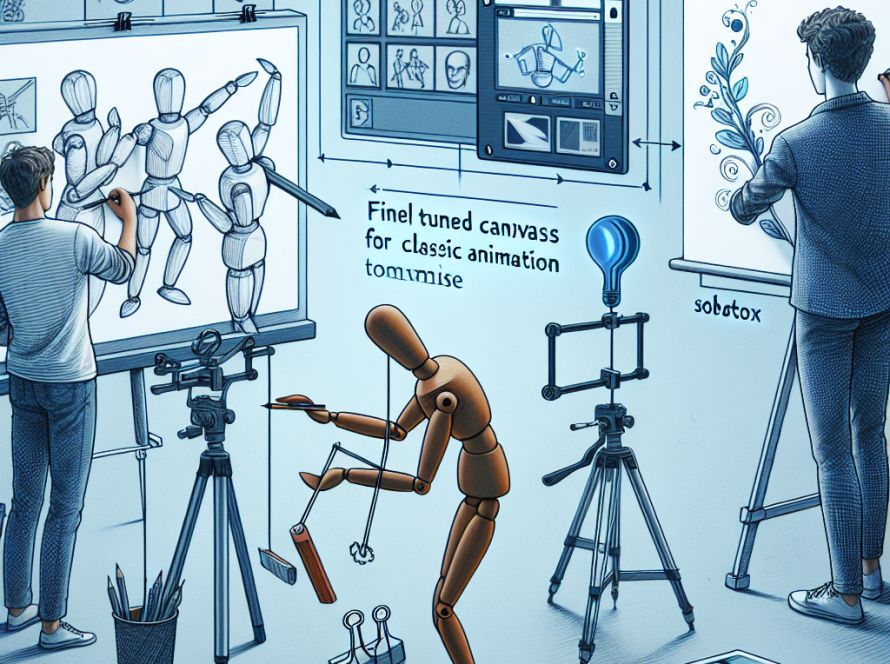An AI’s understanding and reproduction of the natural world are based on its ‘world model’ (WM), a simplified representation of the environment. This model includes objects, scenarios, agents, physical laws, temporal and spatial information, and dynamic interactions, allowing the AI to anticipate reactions to certain actions. The versatility of a world model lends itself extremely well to content creation for virtual and augmented reality, movies, games, and simulations for training and instructive purposes.
However, the current models that AI use require a stronger understanding of actual physical and temporal dynamics in the real world. While such models may generate natural speech and replicate more traditional world representations, their reliance on text data patterns prevents them from fully grasping the reality of the world they represent.
A study by Matrix.org introduces a potential solution named ‘Pandora’. This innovative model uses real-time video generation to replicate world scenarios and allows for user control through actions communicated in a standard language. Pandora uses a model-fitting approach involving extensive video and text data to foster an understanding of the world and subsequently create consistent video simulations. These foundational components are then combined with necessary supporting modules to create a comprehensive model.
Significantly, the contributions of the ‘Vicuna-7B-v1.5 language model’ and the ‘DynamiCrafter text-to-video model’ formed the basis of Pandora’s development. Vicuna-7B-v1.5 provides a robust framework for text generation in the world model, while the DynamiCrafter model facilitates the creation of realistic video representations based on text input.
This groundbreaking approach to a generic world model offers future possibilities for more expansive and refined models, such as GPT-4 and Sora. The researchers claim that the use of more sophisticated models, alongside extensive training, will ultimately yield more accurate domain generalization, video consistency, and action controllability.
The effectiveness of Pandora’s representation of several disciplines are exhibited throughout the paper. Unique characteristics, not previously seen in other models, are demonstrated, including the autonomous extension of videos beyond predetermined lengths – a development facilitated by the integration of Pandora’s pretrained video model with the LLM (large language model) autoregressive backbone. Interestingly, the model allows for the continual input of natural language actions throughout the video creation process, a feature not seen in previous models where only the initial text suggestion influenced the end product.
Despite the promising results, the model is still in its infancy, with certain limitations, including its basic understanding of physical principles, consistency, and simulation of complex scenarios. However, the researchers believe more extensive training, together with high-quality data, will result in further refinements to Pandora and optimal domain generalization. They are also optimistic about expanding the model to include additional modalities, such as auditory inputs.
Pandora is undoubtedly an exciting advancement in AI and machine learning, providing a glimpse into the future applications and potential of AI’s understanding and replication of the natural world. Although further research and development are needed, the model holds promise for enhanced performance and widespread applicability.


